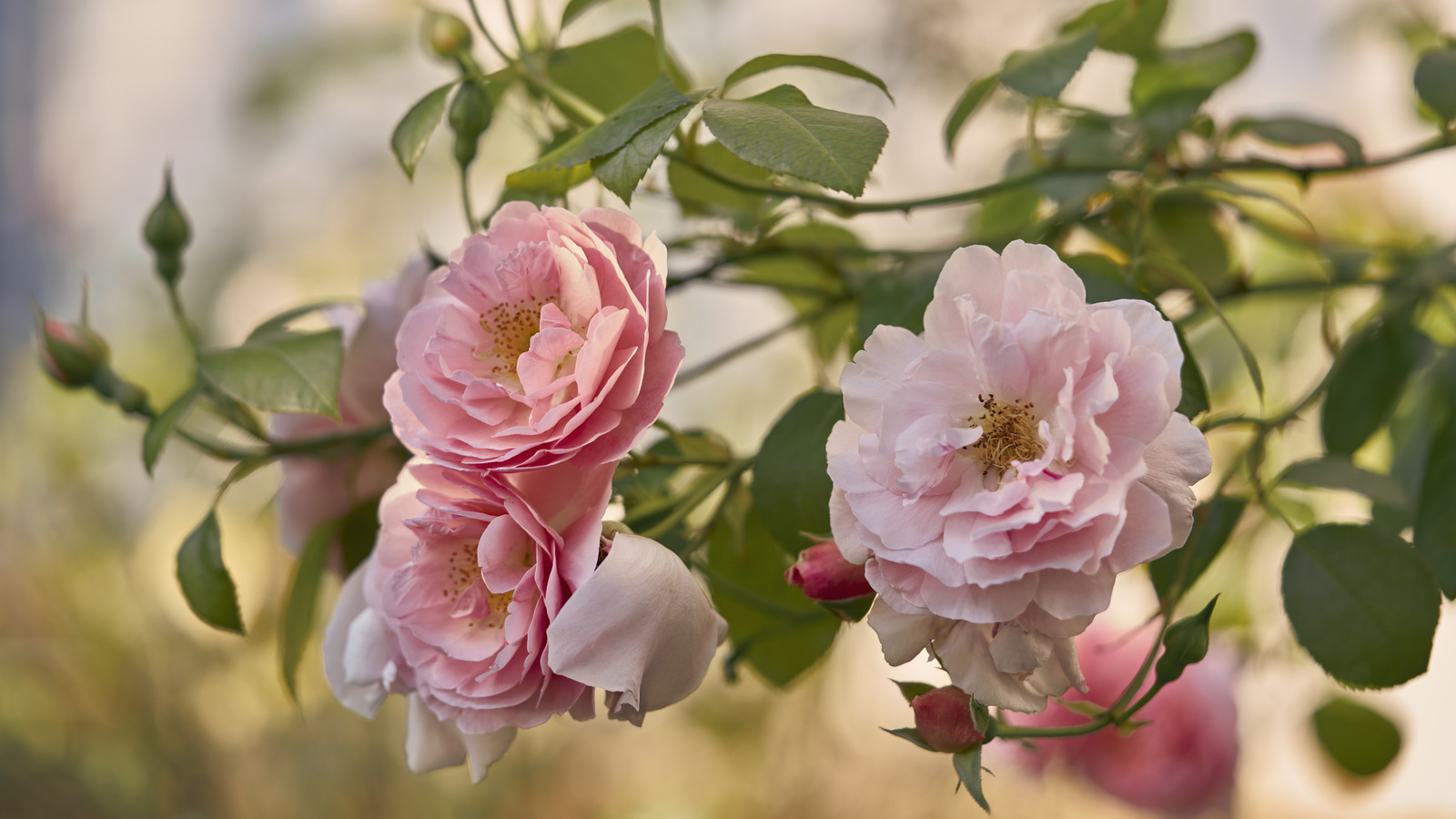
Growing roses can be challenging, but the key to success often lies in choosing the right planting location. Roses need plenty of sun, ideally six to eight hours per day. Some varieties like Westerland and Iceberg can tolerate less sunlight. It’s important to plant roses away from fences and walls, with enough space between plants to avoid competition for nutrients. The soil should be well-draining and nutrient-rich for optimal growth.
On the other hand, there are certain conditions to avoid when planting roses. Shady spots won’t provide enough light for roses to bloom, and soggy or poorly draining soil can lead to root rot. Avoid planting roses where other roses have previously grown to prevent “replant disease.” Harsh elements like strong winds or intense sunlight should also be avoided.
Where to avoid growing roses
Roses should not be planted in shady areas, as they need ample sunlight to thrive. Avoid planting them under trees or near growing trees that may eventually shade out the roses. Soggy soil with poor drainage can lead to issues like root rot, so it’s best to test the soil’s drainage before planting. Avoid planting roses in areas where they will be exposed to harsh elements or where other roses have previously grown to ensure healthy growth.






